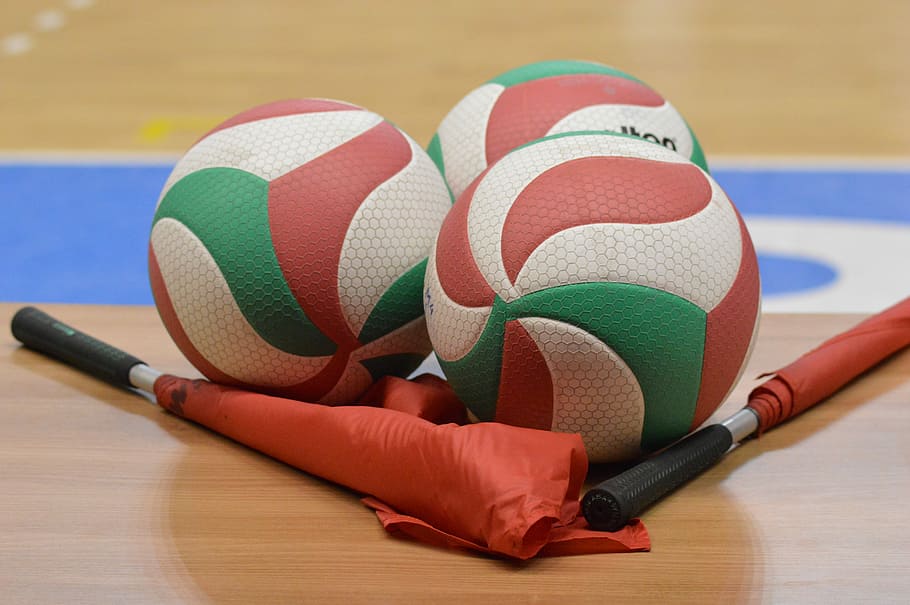
Whether you're a drop-in volleyball enthusiast or an avid recreational volleyball player, you're part of a vibrant and growing volleyball culture in Canada. Over the years, volleyball has evolved from a niche sport to a popular recreational activity and competitive sport. In this blog post, we'll delve into the evolution of volleyball culture in Canada!
1. The Early Days of Volleyball in Canada
Volleyball was introduced to Canada in the early 20th century, not long after it was invented in the United States. Initially, it was primarily played in YMCA clubs and school physical education programs. However, it didn't take long for the sport to gain popularity and spread to community centres, parks, and beaches across the country.
2. The Rise of Competitive Volleyball
In the mid-20th century, competitive volleyball began to take off in Canada. Provincial and national championships were established, and Canadian teams started to compete in international competitions. In 1967, the Canadian women's team made its debut at the Pan American Games, and in 1976, both the men's and women's teams competed in the Olympics for the first time.
3. The Growth of Recreational Volleyball
While competitive volleyball was growing, so was recreational volleyball. Drop-in volleyball became a popular activity for people looking for a fun, social, and active way to spend their time. In cities like Toronto and throughout the GTA, community centres, sports clubs, and even workplaces started to offer drop-in volleyball sessions. This made the sport accessible to a wide range of people, regardless of their skill level or experience.
4. The Impact of Beach Volleyball
The introduction of beach volleyball in the late 20th century had a significant impact on volleyball culture in Canada. With its relaxed rules and laid-back vibe, beach volleyball appealed to a broad audience. It became a popular summer activity, especially in coastal cities and towns. Today, beach volleyball is a staple of Canadian summers, with tournaments and leagues taking place on beaches across the country.
5. The Role of Education in Volleyball Culture
Schools have played a crucial role in the evolution of volleyball culture in Canada. Many Canadians are introduced to volleyball in physical education classes, and school teams provide an opportunity for young players to develop their skills and compete. Post-secondary institutions also contribute to volleyball culture, with intercollegiate leagues and varsity teams that compete at a high level.
6. The Influence of Professional Volleyball
In recent years, professional volleyball has started to gain traction in Canada. The establishment of professional leagues and teams has allowed talented Canadian players to play at a high level without having to go overseas. It has also helped raise the profile of the sport and inspire a new generation of players.
7. The Future of Volleyball in Canada
The future of volleyball in Canada looks bright. The sport continues to grow in popularity, with more and more people playing both competitively and recreationally. Initiatives to promote volleyball in schools and communities, as well as the success of Canadian teams on the international stage, are helping to foster a strong and vibrant volleyball culture.
From its early days in YMCA clubs to its current status as a popular recreational activity and competitive sport, volleyball has come a long way in Canada. Whether you're playing drop-in volleyball in Toronto, participating in a recreational league in the GTA, or cheering on Canada at the Olympics, you're part of a rich and evolving volleyball culture. So, the next time you step onto the court, remember—you're not just playing a game, you're participating in a sport that has a special place in the heart of Canadians!